| This article needs additional citations for verification. Please help improve this article by adding citations to reliable sources. Unsourced material may be challenged and removed. Find sources: "Alexander Molinari" – news · newspapers · books · scholar · JSTOR (December 2021) (Learn how and when to remove this message) |

Alexander Molinari, also known as Alessandro and Alois (5 January 1772, Berlin – 20 January 1831, Dresden) was a Kingdom of Prussia-born portrait painter of Italian ancestry. He worked in several countries, but is best-known for his portraits of the Russian and Polish nobility.
Biography
From 1787, he studied at the Berlin Academy of Arts, where he excelled in portraits. After graduating, he worked in Rome (1795), Vienna (1796-1797), Glogau and, around 1800, Weimar. While decorating a church in Glogau, he met and befriended the writer, E. T. A. Hoffmann. Later, he would be the inspiration for the artist, "Berthold", in Hoffmann's story, The Jesuit Church in G (1817).
The year 1806 found him in Saint Petersburg, where he was warmly welcomed by Salvatore Tonci, the unofficial leader of an Italian artists' colony in Moscow. By 1807, he was well-established as a portrait painter. In 1810, with Tonci's assistance, he was able to find employment as a drawing teacher for the family of Count Dmitri Buturin [ru], a bibliophile and amateur poet: living on his estate north of Obninsk.
He soon became a favorite artist of the Russian aristocracy; who admired his knowledge of foreign art, and corresponded with many, including Tsar Alexander I. Occasionally, he collaborated with another well-known portraitist, Orest Kiprensky.
In 1816, he and Kiprensky both left Russia; possibly for political reasons. He went to Warsaw, and lived there until 1822. This was followed by periods in Berlin and Dresden, where he died suddenly, from a stroke, at the age of fifty-nine.
His works may be seen at the Hermitage Museum, the Tretyakov Gallery, the Russian Museum, and the Pushkin Museum.
Selected portraits
-
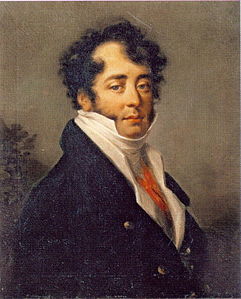 Prince Yegor Golitsyn [ru]
Prince Yegor Golitsyn [ru]
-
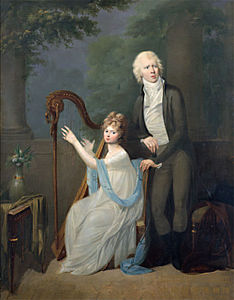 Duke Augustus and his wife, Louise
Duke Augustus and his wife, Louise
-
 Countess Natalia Zubova [ru]
Countess Natalia Zubova [ru]
-
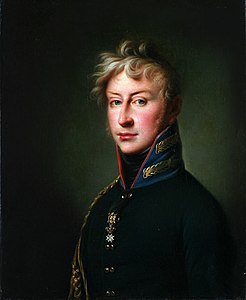 Prince Vladimir Golitsyn [ru]
Prince Vladimir Golitsyn [ru]
-
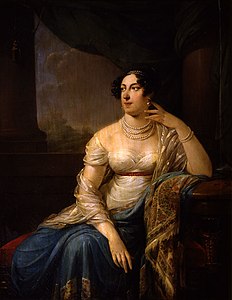 Countess Natalia Saltykova-Golovkina [ru]
Countess Natalia Saltykova-Golovkina [ru]
-
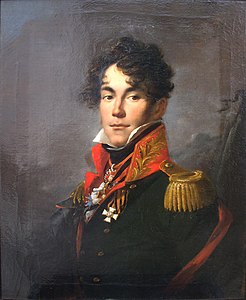 Count Karl de Balmen [ru]
Count Karl de Balmen [ru]
References
- Rüdiger Safranski, E.T.A. Hoffmann. Das Leben eines skeptischen Phantasten, Fischer, 2000 ISBN 978-3-596-14301-6
- M. D. Buturin, Записки графа М.Д. Бутурлина (memoirs), Русская усадьба, 2006 ISBN 5-903228-03-8
Further reading
- Портретная миниатюра в России (Portrait miniatures in Russia), XIX (from the collection of the State Historical Museum), Тatiana Selinova (Ed.), Художник РСФСР, 1988 ISBN 978-5-7370-0021-9
- "Molinari, Alexander", In: Edward Rastawiecki, Słownik malarzów polskich, tudzież obcych w Polsce osiadłych lub czasowo w niéj przebywających (Dictionary of Polish painters), Vol.2, self-published, 1851 (Online)
External links
[REDACTED] Media related to Alexander Molinari at Wikimedia Commons
Categories: